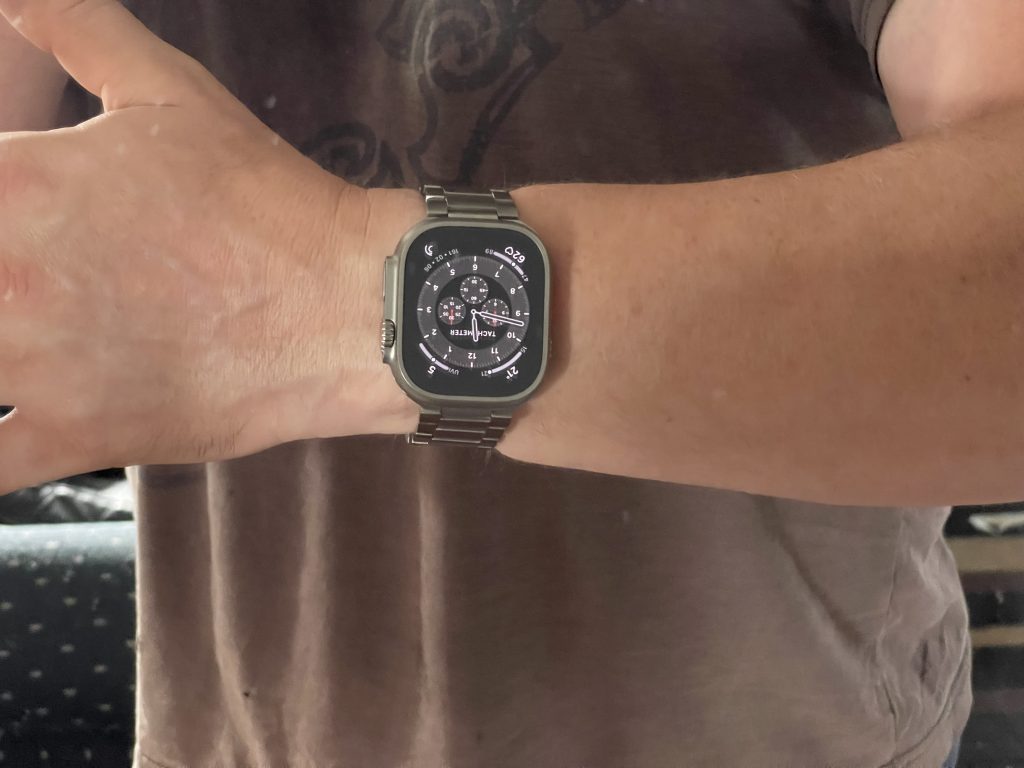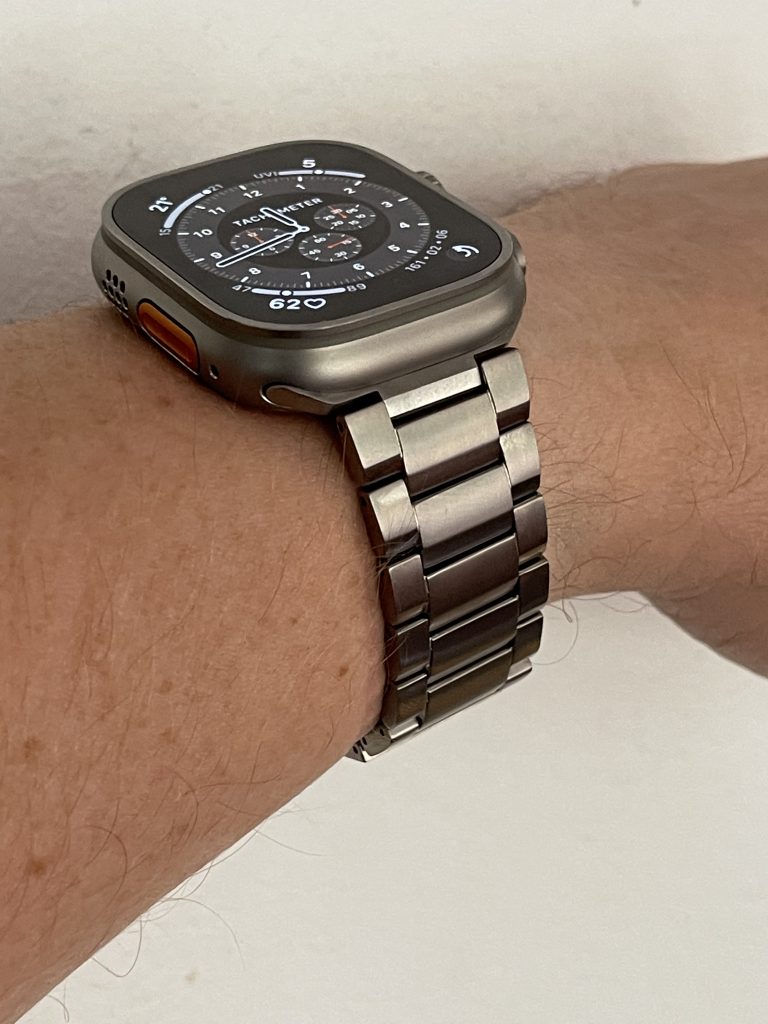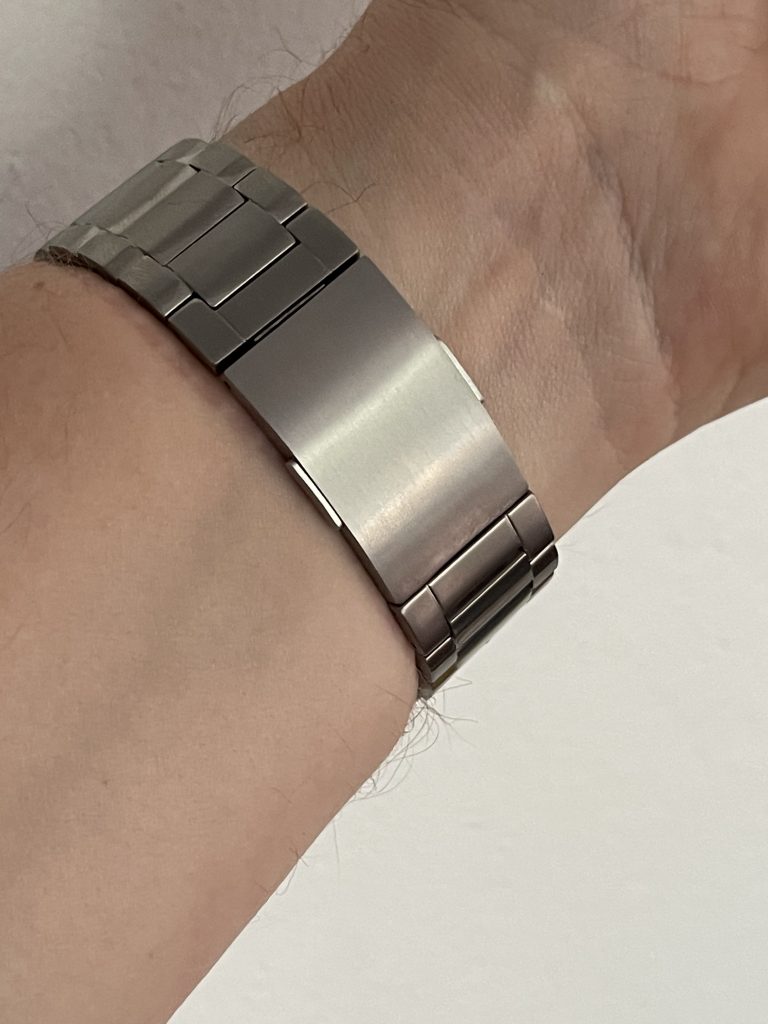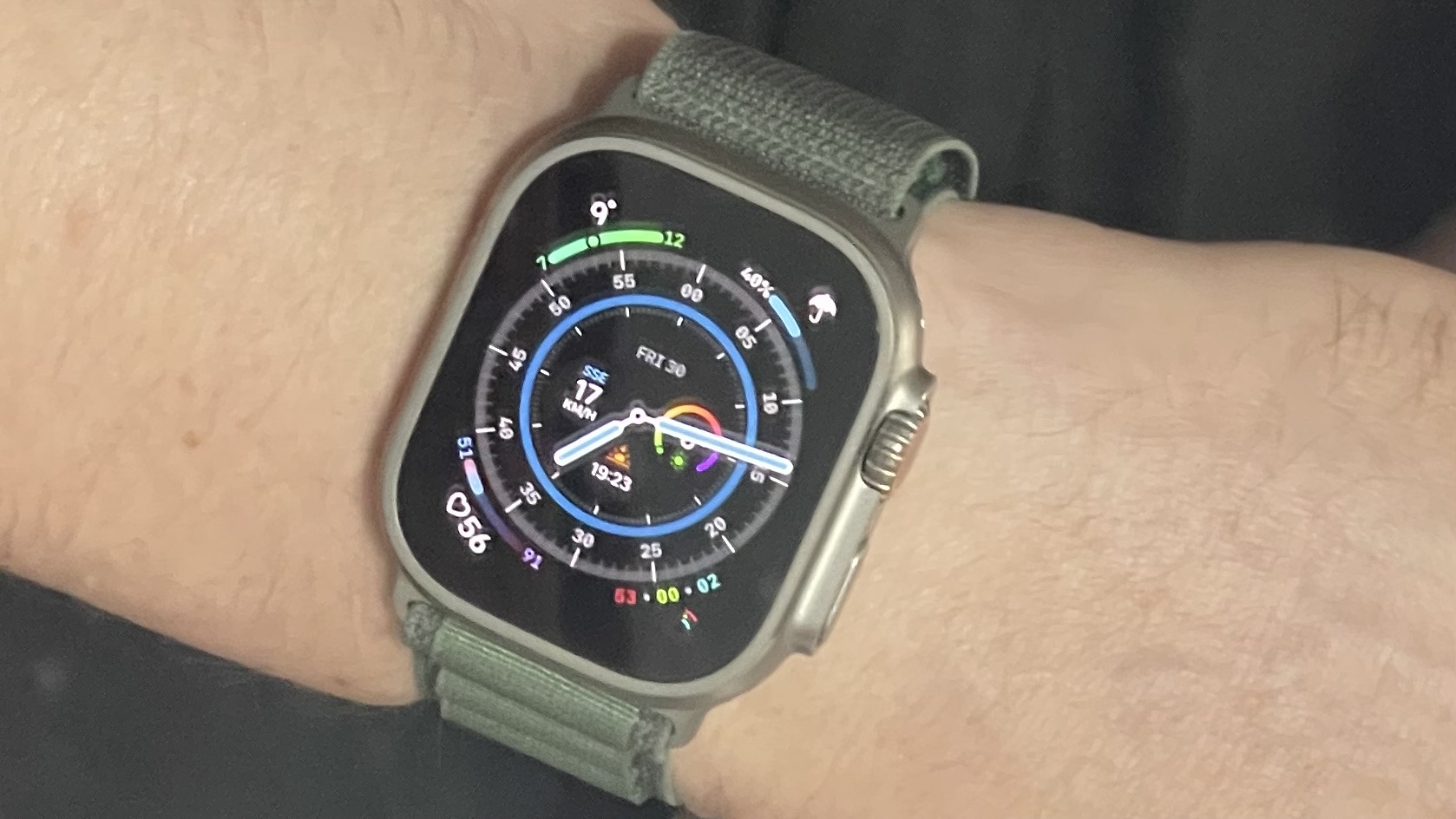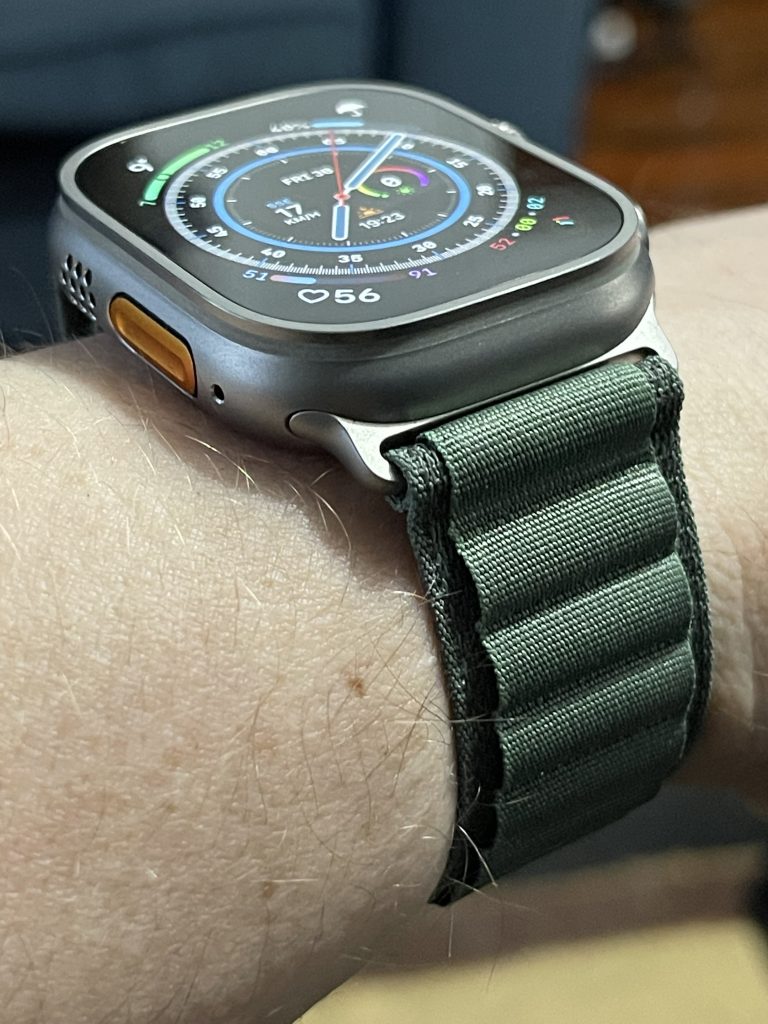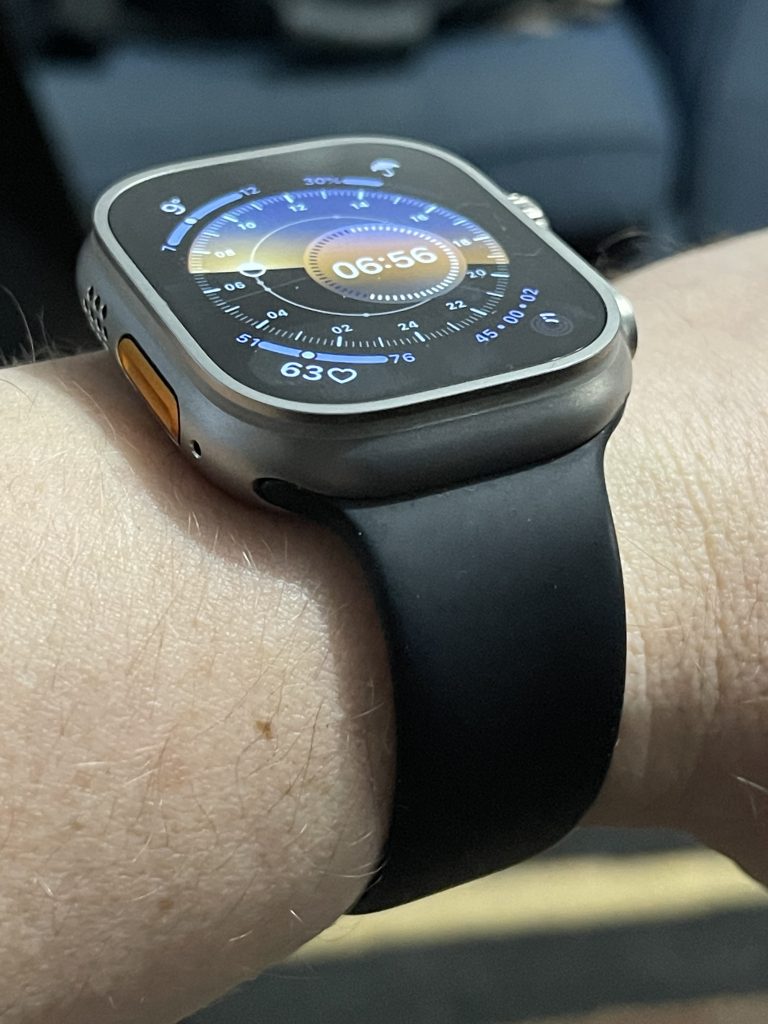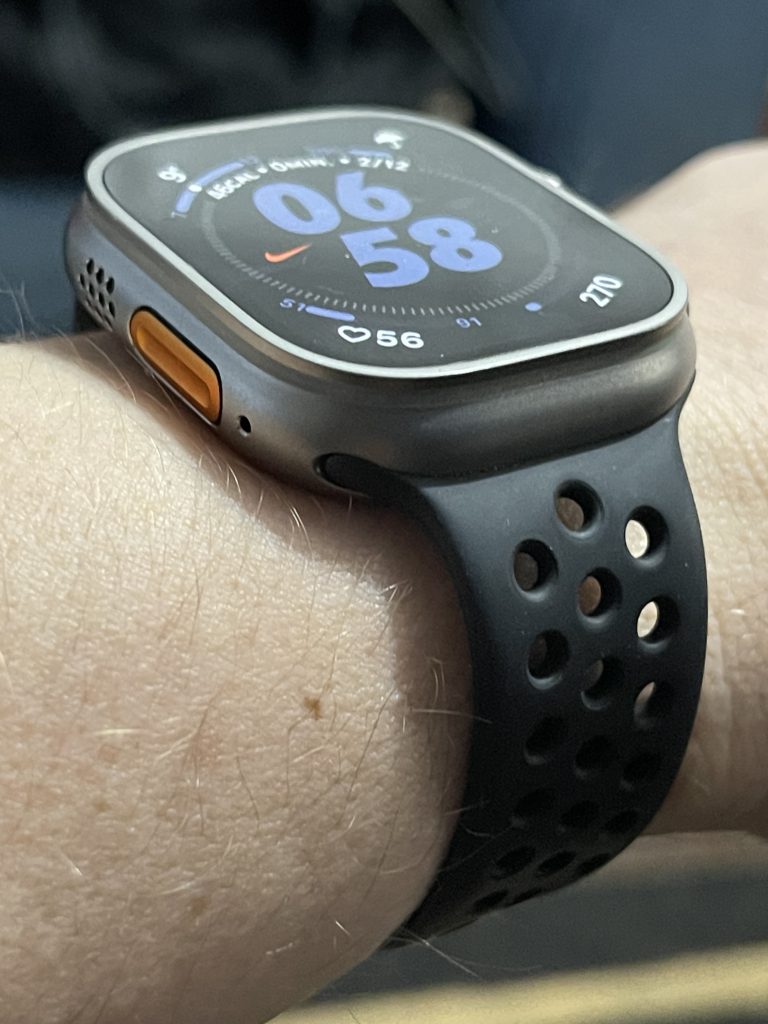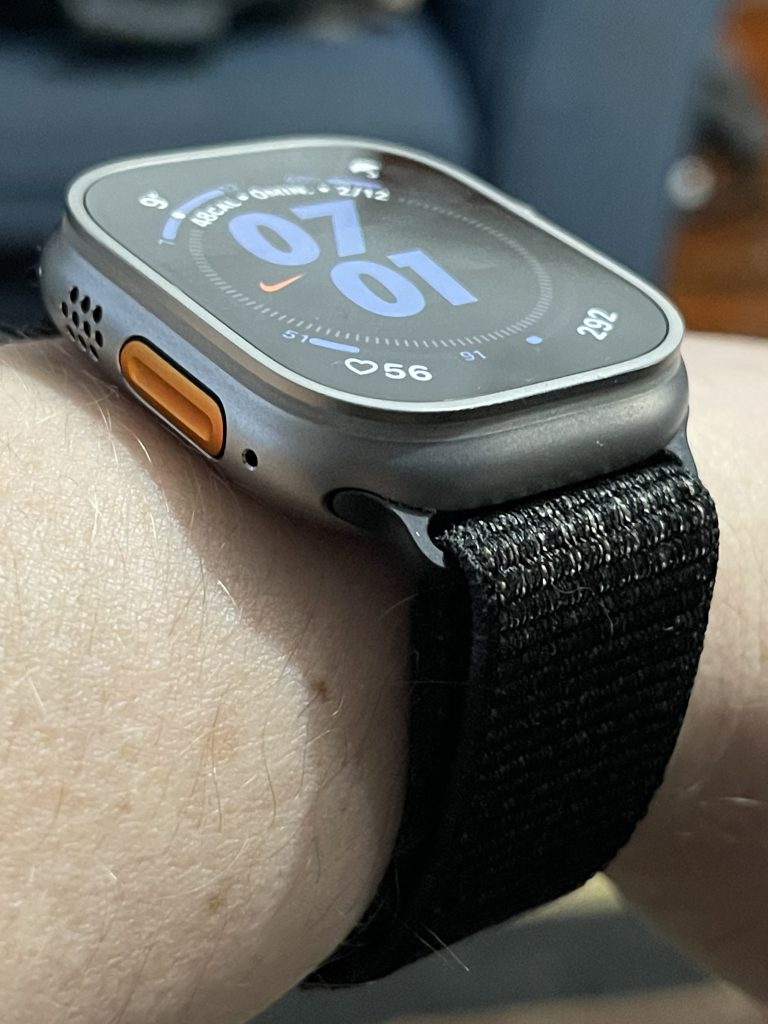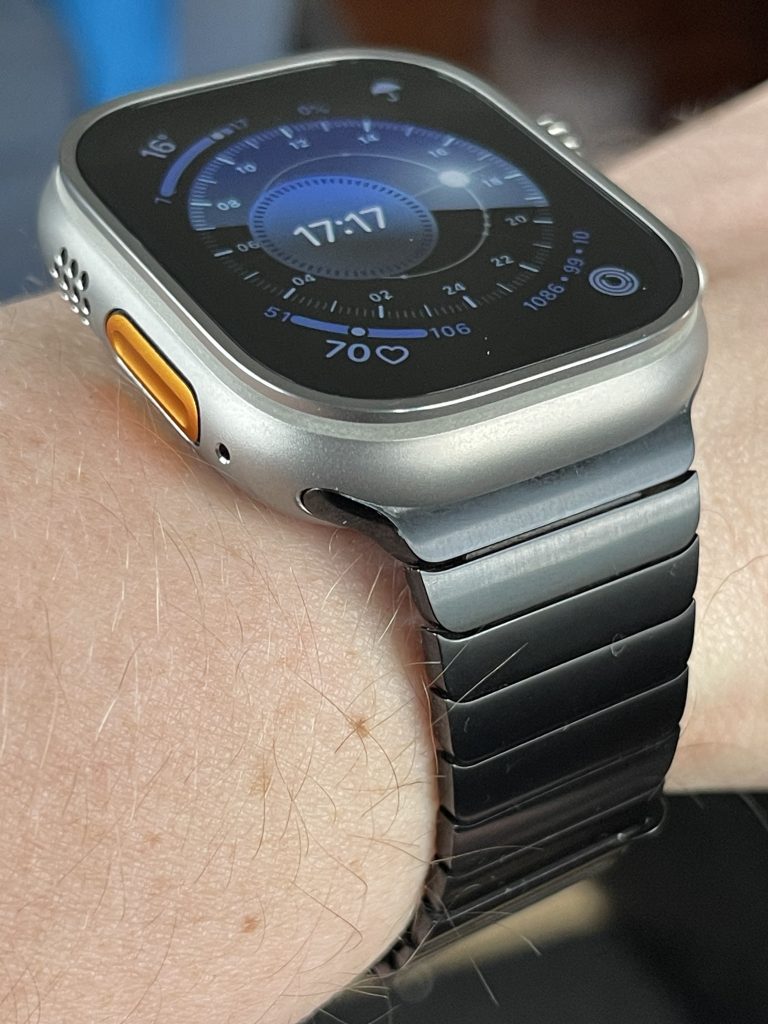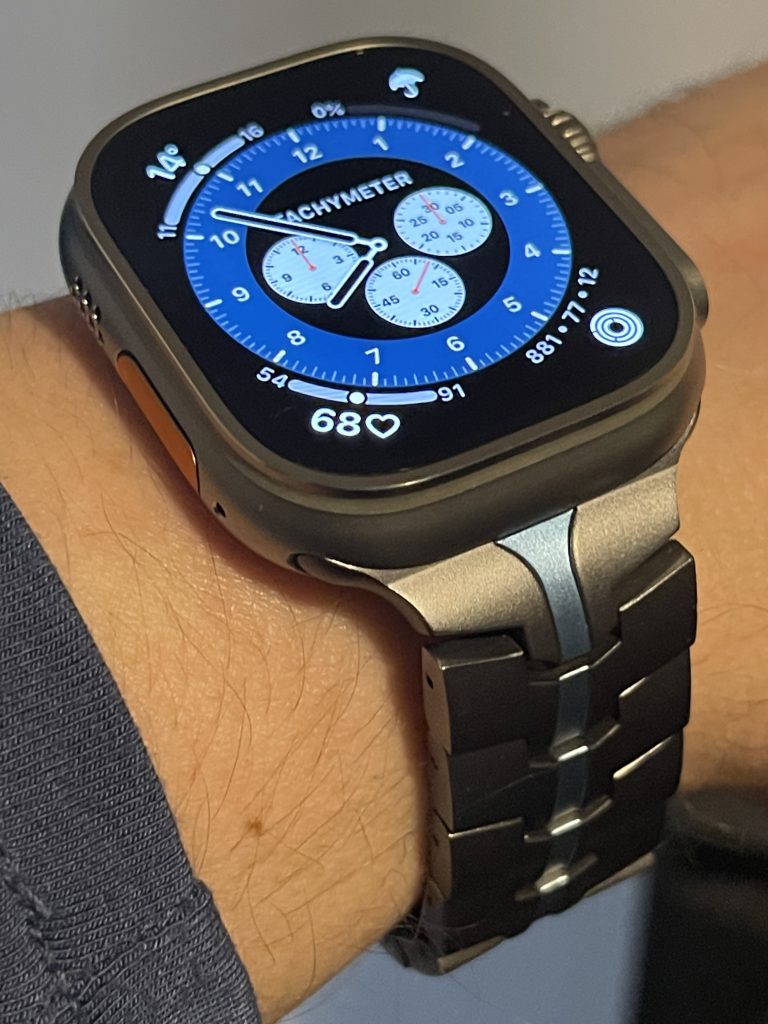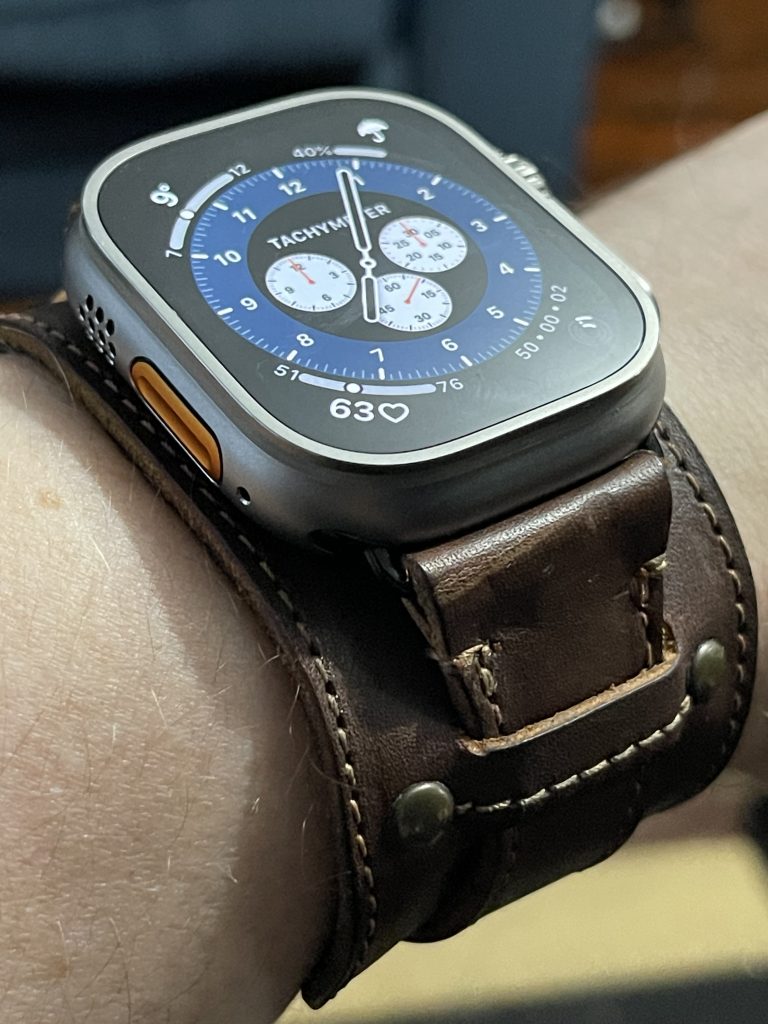Background: What is an Apple Watch actually for?
When Apple first introduced the Apple Watch eight years ago in late 2014, it seemed very much like an experimental product, one for which Apple hadn’t yet determined a primary purpose. This was an unusual move on Apple’s part, because usually when it introduces products there is a laser-like “this is what this product is for and what it does” focus. With the Apple Watch, it seemed more like Apple put the product out there because many people had been anticipating that they would for nearly five years at that point. In retrospect, it also seems as though Apple didn’t really know what the Apple Watch was actually for until people actually started using it.
Tim Cook tried to echo Steve Jobs’s iconic 2007 unveiling of the iPhone (“A phone, an iPod, an internet communicator… are you getting it?”) by following the same “this is three things in one” product pitch. The Apple Watch was supposed to be:
- A precise, customisable timepiece
- An intimate way to connect and communicate
- A comprehensive health and fitness companion
Jony Ive’s introduction video for the Apple Watch, and much of Apple’s marketing for that first year, instead attempted to pitch the device as a fashion accessory that also happened, almost incidentally, to do the three things Cook described. Apple even came out with a gold Apple Watch Edition in that first year, priced at an eye-watering $10,000.
After the first couple of years, when both the device itself and the software running on it were in essentially a widespread public beta, Apple finally honed in on what people were actually using the Apple Watch for.
“A precise, customisable timepiece” is, in a way, nodding toward the idea that this thing looks like a watch, and is a watch, but isn’t just a watch — the same way that the iPhone has the word “phone” right in the name, and can in fact be used as a phone, but isn’t used as a phone nearly as much as it’s used for other functions. It’s the most obvious function of the Apple Watch — again, the function is right there in the name — but you kind of have to say it anyway even though it’s drop-dead obvious.
Apple has introduced many new watch faces over the years, some more attractive and/or functional than others, but the basic idea of “this thing tells you the time” isn’t really something that can be improved or built upon that much. Almost immediately Apple stopped focusing on this functionality in its marketing, because once enough people realised that duh, it tells time, Apple didn’t need to push that idea anymore.
People weren’t really using the Apple Watch as “an intimate way to connect and communicate”, at least not in the way it was designed for at the outset. It’s hard to remember now, but back in the first couple years the “side button” on the Apple Watch used to bring up a dedicated shortcut UI that showed up to 12 of your friends in a wheel. The idea was supposed to be that you’d be able to quickly communicate with people on your Watch.
Apparently, hardly anyone did this. The dedicated “friends wheel” function was ditched in watchOS 3, which was the first major revamp of the Watch software that ushered out many of the UI paradigms of the first two years and brought in many new ones, almost all of which persist to this day. One example: as of watchOS 3 and to this day, the side button brings up a “dock” showing either your most recently-used apps or up to 10 apps you’ve designated as favourites. This was way more useful than the friends wheel (which I only ever activated accidentally) and transformed the experience of using the Watch.
When the iPhone was introduced in 2007, its third major feature — “a revolutionary internet communicator” — was thrown out there almost as an afterthought. Yet for most people, that’s become the primary function of the device. For many, myself included, the iPhone has become the primary means by which people access the internet.
Much like the iPhone, the Apple Watch’s third-and-almost-an-afterthought feature — “a comprehensive health and fitness companion” — has arguably become its primary use case for many people. It certainly has for me. In the seven years that I’ve owned Apple Watches, I have indeed used them to check the time and to communicate with people, but the main raison d’être this thing has lived on my wrist all day, all night, for every day and every night of those seven years, and why I would never consider wearing a traditional watch or a smartwatch from any other manufacturer, has been its health and fitness features.
Apple quickly realised that many people like me had zeroed in on the health and fitness features as their primary use case for the Apple Watch, so Apple shifted its focus both in terms of its marketing and its product design.
Now, with the Apple Watch Ultra, there is a product that is the ultimate expression of the “comprehensive health and fitness companion” aspect of the device. It is unabashedly a sports and fitness device, and it’s the first Apple Watch since the very first one that truly feels new and inspiring.

